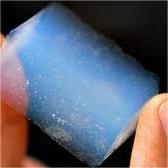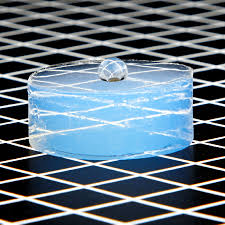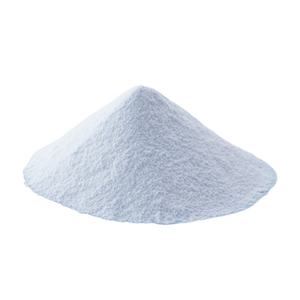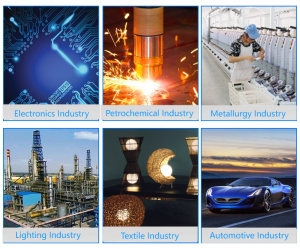Professional industry ceramic supplier, silicon nitride, silicon carbide, aluminum nitride and any other kinds of ceramics.
1. Introduction
When you hear ‘silicon carbide crucible,’ think extreme heat, molten metal, and industrial resilience—not your kitchen casserole dish. Despite misleading product listings online that brand everyday ceramic dinnerware as ‘silicon carbide ceramic plates’ or ‘silicon carbide baking dish staub,’ true silicon carbide (SiC) crucibles are engineered for foundries, labs, and high-temperature processing—not your oven.
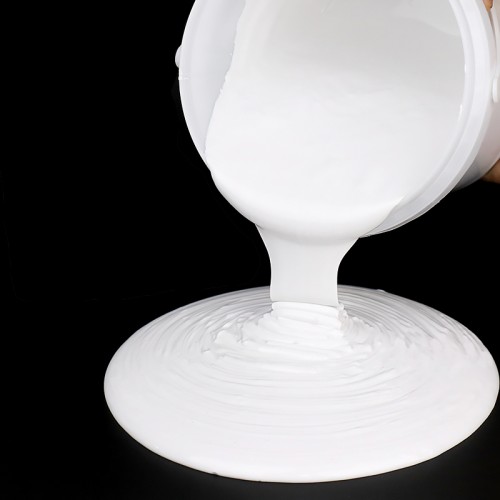
Silicon carbide crucibles are prized for their exceptional thermal conductivity, resistance to thermal shock, and ability to withstand temperatures above 1600°C. But not all SiC crucibles are created equal. This article breaks down five critical comparisons that define their real-world performance—and why confusing them with consumer ceramics can lead to costly mistakes.
2. Silicon Carbide vs. Alumina and Zirconia Crucibles
Among advanced ceramics, three dominate high-temp crucible applications: silicon carbide, alumina (Al₂O₃), and zirconia (ZrO₂). Each has trade-offs.
- Alumina crucibles (al2o3 crucible) offer excellent chemical inertness and are cost-effective but suffer from lower thermal conductivity and higher susceptibility to thermal shock compared to SiC.
- Zirconia crucibles (zirconia crucible, zirconia – stabilized with yttria crucible) excel in ultra-high-purity melting (e.g., rare earth metals) due to minimal reactivity, but they’re expensive and brittle.
- Silicon carbide crucibles strike a balance: high thermal conductivity (up to 120 W/m·K), strong mechanical strength at temperature, and good corrosion resistance—especially for non-ferrous metals like aluminum and copper.
3. Types of Silicon Carbide Crucibles: RBSC vs. Sintered vs. Nitride-Bonded
Not all silicon carbide crucibles use the same manufacturing method—and that affects performance dramatically.
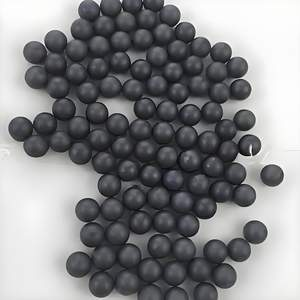
Reaction-bonded silicon carbide (RBSC or RBSiC) crucibles are made by infiltrating porous carbon preforms with molten silicon. They offer near-net-shape precision and excellent thermal shock resistance. You’ll also find RBSiC used in structural components like rbsic silicon carbide tile block or rbsic ceramic pillar.
Sintered SiC crucibles are denser and purer but require high-pressure sintering and are more expensive. Ideal for semiconductor or lab use where contamination must be minimized.
Nitride-bonded SiC uses silicon nitride (Si₃N₄) as a binder, offering good oxidation resistance up to 1400°C—but less thermal conductivity than RBSC. This method blurs the line between silicon carbide and silicon nitride ceramics, which are otherwise distinct material systems.
4. Boron Carbide vs. Silicon Carbide: When Hardness Isn’t Everything
Boron carbide (B₄C) is harder than silicon carbide—second only to diamond—but that doesn’t make it better for crucibles.
While boron carbide ceramic plates are used in armor and abrasive nozzles, B₄C oxidizes rapidly above 500°C in air, making it unsuitable for open-atmosphere melting. Silicon carbide, by contrast, forms a protective silica layer that slows oxidation up to 1600°C.
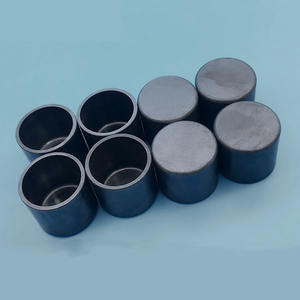
So despite viral comparisons like ‘boron carbide vs silicon carbide,’ the choice isn’t about hardness—it’s about environment. For crucibles, SiC wins hands-down in most industrial settings.
5. Debunking the ‘Silicon Carbide Dinnerware’ Myth
A quick online search reveals hundreds of products labeled ‘silicon carbide ceramic dinner plates,’ ‘silicon carbide ceramic butter dish,’ or even ‘silicon carbide white ceramic plates.’ This is marketing fiction.
True silicon carbide is black, extremely hard, and not food-safe in raw form. Consumer ceramics—even high-end stoneware or porcelain—are typically alumina- or silica-based. Terms like ‘silicon carbide baking ceramic dish’ or ‘silicon carbide ceramic salad bowl’ are either mislabeled or refer to surface coatings (which still wouldn’t contain functional SiC).
Real silicon carbide components for non-industrial use include silicon carbide burner nozzles, silicon carbide ceramic tubes for furnaces, and silicon carbide discs for grinding—not dinnerware. If a product claims to be both a ‘silicon carbide ceramic casserole dish with lid’ and microwave-safe, it’s almost certainly not made of actual SiC.
6. Conclusion
Choosing the right silicon carbide crucible depends on your specific thermal, chemical, and mechanical demands—not buzzwords or misleading labels. Whether you’re comparing RBSC to sintered SiC, evaluating alternatives like zirconia or alumina, or simply trying to avoid kitchenware masquerading as advanced ceramics, understanding the material science behind these components is key.
For industrial users, prioritize verified specs over product titles. And remember: if it looks like a pie dish and says ‘silicon carbide ceramic pie dish,’ it’s probably just regular ceramic with a fancy name—not a crucible.
Our Website founded on October 17, 2012, is a high-tech enterprise committed to the research and development, production, processing, sales and technical services of ceramic relative materials such as 5. Our products includes but not limited to Boron Carbide Ceramic Products, Boron Nitride Ceramic Products, Silicon Carbide Ceramic Products, Silicon Nitride Ceramic Products, Zirconium Dioxide Ceramic Products, etc. If you are interested, please feel free to contact us.

